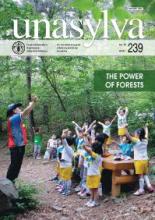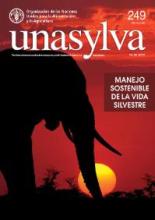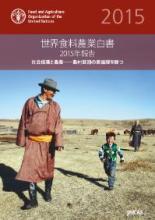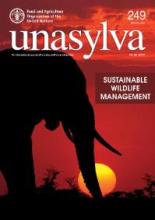/ library resources
Showing items 1 through 9 of 28.Nomadic pastoralism is a precarious lifestyle and a significant form of land use involving some form of mobility within extensive rangeland areas (WISP, 2007). Pastoralism provides 10% of the world’s meat production and supports approximately 200 million households worldwide (FAO, 2001).
Asia and the Pacific, for the purposes of this book, encompasses a vast territory extending from Mongolia in the north to New Zealand in the south; from the Cook Islands in the east to Kuwait in the west (Map 1).
This edition of Unasylva comes in the wake of the United Nations Conference on Sustainable Development, Rio+20,which, among other things, produced a document called The Future We Want.
La gestión sostenible de la vida silvestre es objeto de considerable atención en el debate internacional debido a su importancia para la conservación de la biodiversidad, la seguridad humana, los medios de subsistencia y la seguridad alimentaria.
This is the translated publication of the State of Food and Agriculture 2015, published originally by HQ.
Wildlife management is the focus of considerable international debate because of its importance for biodiversity conservation, human safety, livelihoods and food security. Local people have been managing wildlife for millennia, including through hunting.
Agriculture is the mainstay of rural populations, especially in the developing world. Increasing population and the demand for food, fodder and fuelwood have threatened the sustainability of the land resources.
Paginering
Land Library Search
Through our robust search engine, you can search for any item of the over 73,000 highly curated resources in the Land Library.
If you would like to find an overview of what is possible, feel free to peruse the Search Guide.








